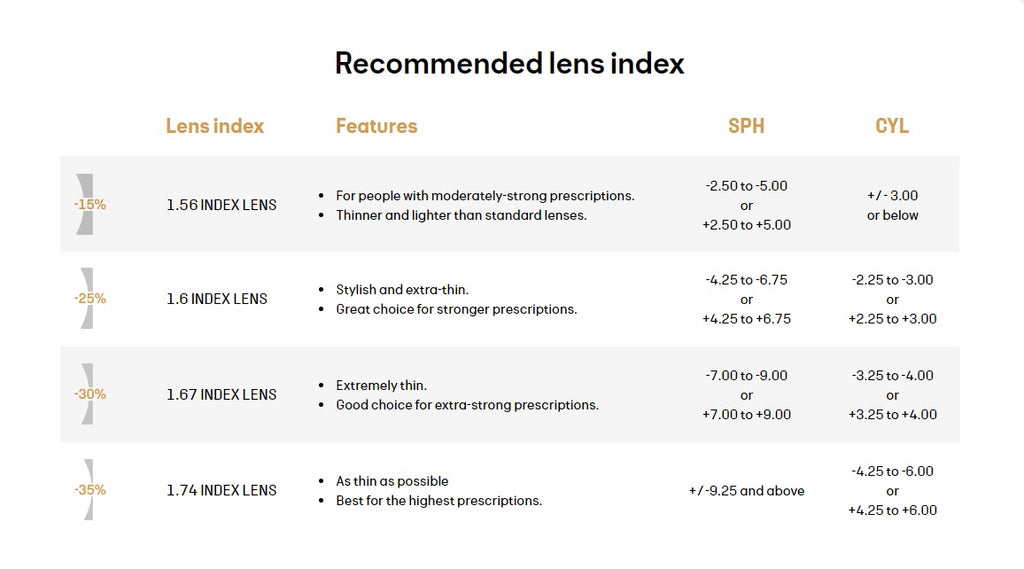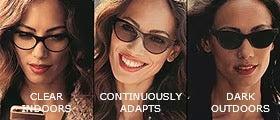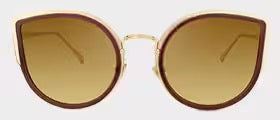How to Choose the Right Eyeglass Lenses & Coatings
Glasses have transformed from mere vision correction tools to indispensable fashion accessories. Beyond aiding eyesight, the right pair can complement and even transform your personal aura. Whether you're near-sighted, far-sighted, or have perfect vision, a pair of thoughtfully chosen lenses can make all the difference.
Types of Lenses
Single Vision Lenses
- These are the most basic form of lenses, designed to address a specific vision issue with a single prescription.
- Distance-corrective lenses, typically concave, start with a (-) sign in your prescriptio
Progressive Lenses
- Featuring multiple focal points, these lenses are ideal for individuals struggling with vision at both near and far distances.
- Also known as multifocals or no-line bifocals, they provide personalized vision correction without the obvious horizontal line.

Reading Glasses
- Specifically designed for presbyopia, these convex lenses begin with a (+) sign in your prescription.
- Perfect for reading, they ensure clarity and comfort for those requiring near-vision correction.
Lens Index
The refractive index of the lens, it's the ratio of the speed of light in a vacuum to the speed of light in the lens material, reflects the ability of a lens to refract light. The higher the refractive index of the lens the thinner the edge thickness of the lens. Currently, there are several mainstream lenses on the market, such as 1.57, 1.61, 1.67, 1.71, and 1.74.

Lenses Type
Standard eyeglasses lenses

standard eyeglasses lenses, UV blue blockers, Photochromic, Polarized Sunglass Lenses.
For stronger prescriptions, choose a higher index for a thinner and lighter lens.
UV blue blockers

Blocks high-energy visible (HEV) blue light and provides maximum UV protection, suitable for use when Apply to daily wear. If you have difficulty seeing at both close and long ranges, you may need bifocals or multifocal. These glasses correct your vision at multiple distances, allowing you to see clearly — both up close and from a distance. Apply to daily wear watching a computer or TV or mobile phone.
Photochromic

Photochromic lenses are optical lenses that darken on exposure to specific types of light of sufficient intensity, most commonly ultraviolet (UV) radiation. In the absence of activating light, the lenses return to their clear state. It can be used indoors as ordinary optical glasses and outdoors as sunglasses.
Polarized Sunglass Lenses

It provides superior glare protection — especially on the water. Polarized lenses contain a special filter that blocks this type of intense reflected light, reducing glare.
These glare-reducing lenses are great for driving, as well as water and snow activities.
Lens Coatings

Standard Anti-Reflection Coating
- Also known as AR coating, it enhances vision, reduces eye strain, and improves the aesthetic appeal of your glasses.
Superhydrophobic Anti-Reflection Coating
- With up to 16 layers, these lenses repel dirt and water, maintaining clarity even in challenging environments. Ideal for those frequently exposed to water.
Oleophobic Anti-Reflection Coating
- Resistant to fingerprints and greasy dirt, this coating ensures your lenses stay clean and smudge-free, essential for everyday wear.

